Optimal Timing for Mold Remediation
Mold remediations are most effective when conducted promptly after identifying mold growth. Early intervention prevents mold from spreading and reduces health risks associated with prolonged exposure. The optimal timing depends on environmental conditions, such as humidity levels and weather patterns, which influence mold development.
Spring and summer often see higher humidity, increasing mold growth risk. Remediation during dry seasons can be more effective and less disruptive.
Following heavy rains or flooding, mold can develop rapidly. Timely remediation minimizes long-term damage.
Remediations are best scheduled during periods of low occupancy to reduce disruption and ensure thorough cleaning.
Addressing high indoor humidity levels early prevents mold from establishing, making remediation more straightforward.
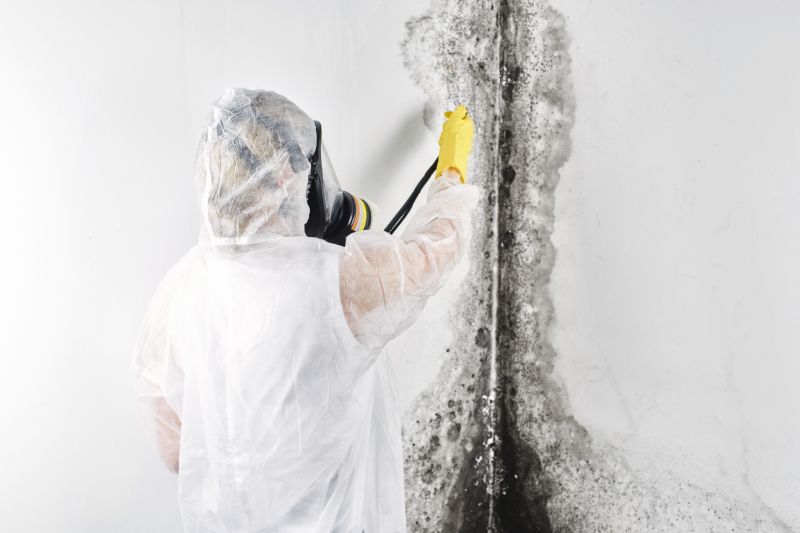
Technicians assess and remove mold growth using specialized equipment.
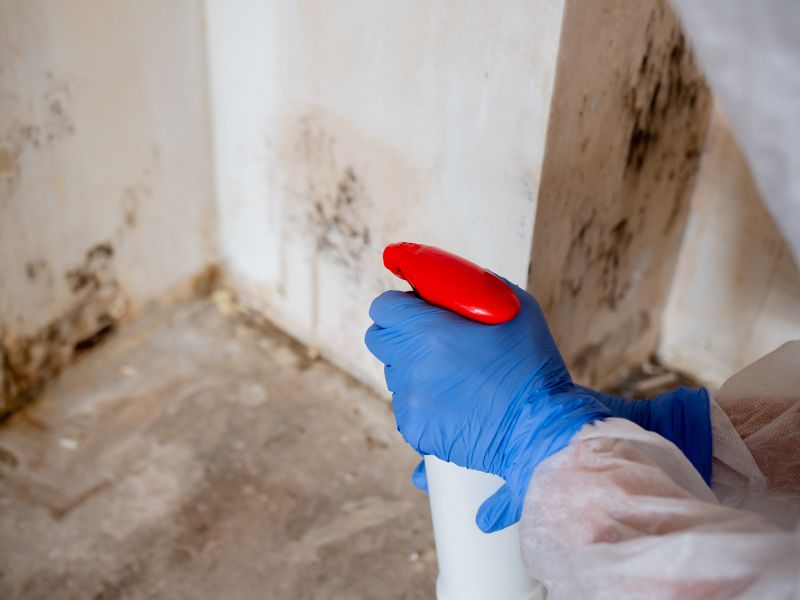
Common sites include bathrooms, basements, and HVAC systems.
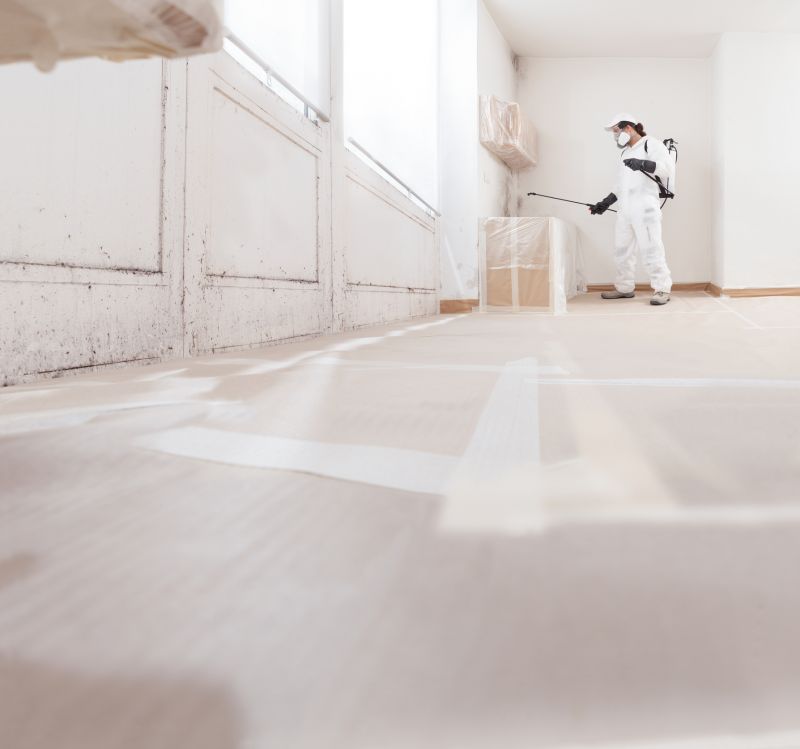
Ensures mold has been fully removed and the environment is safe.
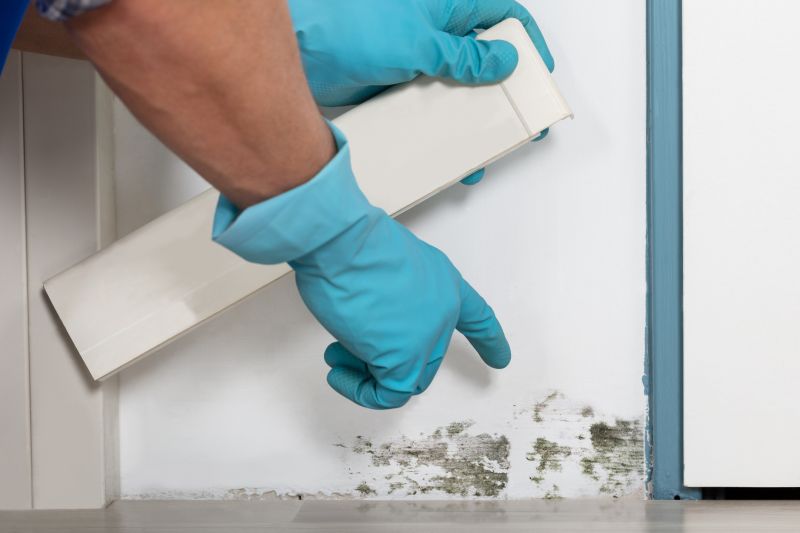
Ways to make Mold Remediations work in tight or awkward layouts.
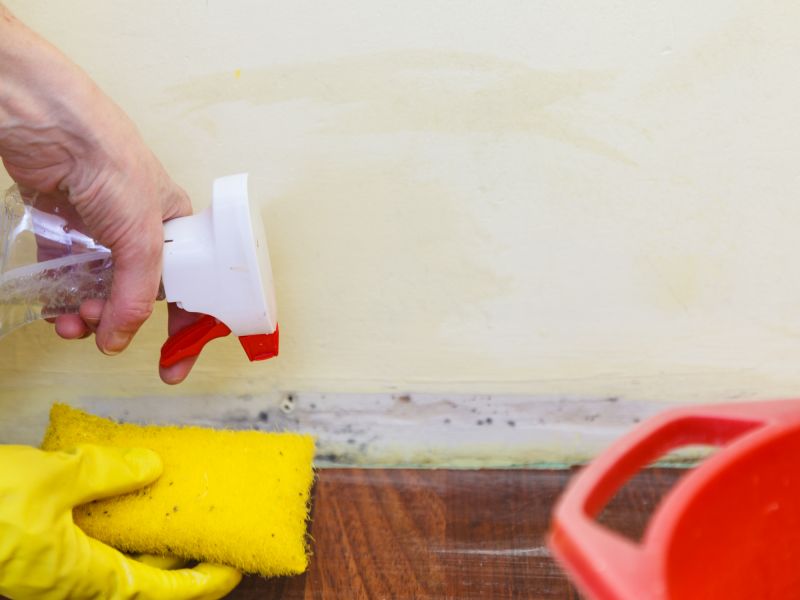
Popular materials for Mold Remediations and why they hold up over time.
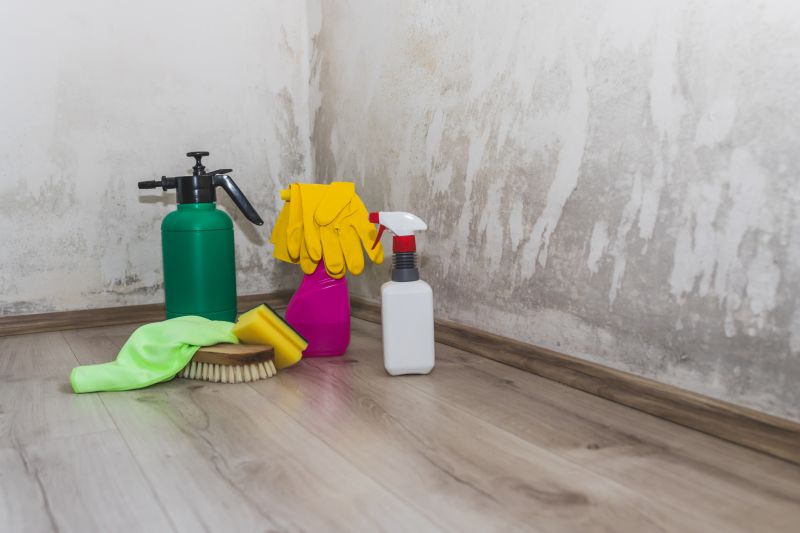
Simple add-ons that improve Mold Remediations without blowing the budget.
Mold remediations involve identifying the source of moisture, removing contaminated materials, and cleaning affected areas to prevent future growth. Mold spores can cause health issues such as allergies, respiratory problems, and asthma exacerbation. Statistics indicate that mold-related health complaints account for a significant portion of indoor air quality concerns, emphasizing the importance of timely remediation.
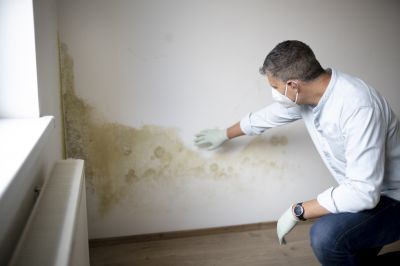
Initial assessment to determine extent and source of mold.
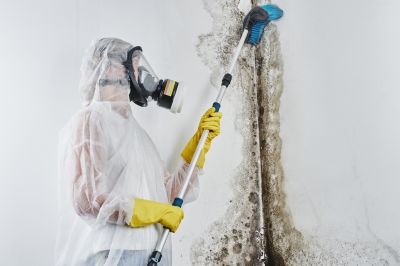
Preventing mold spores from spreading during remediation.
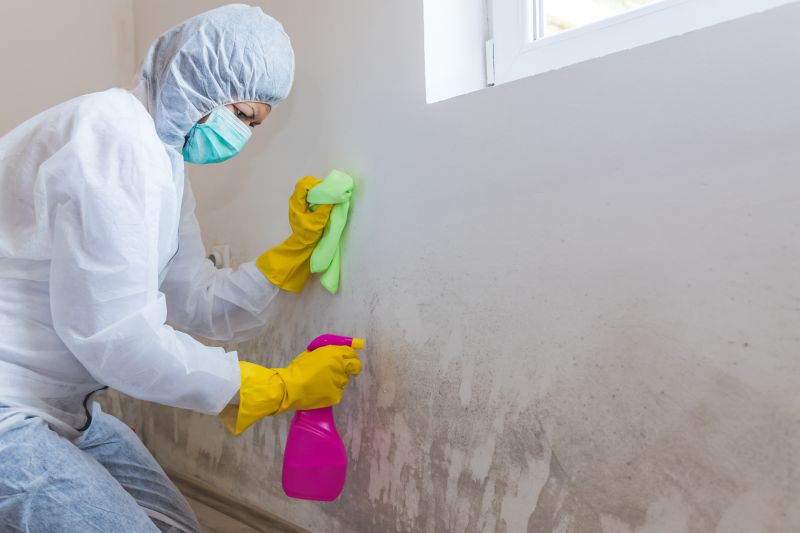
Use of HEPA vacuums and antimicrobial treatments.
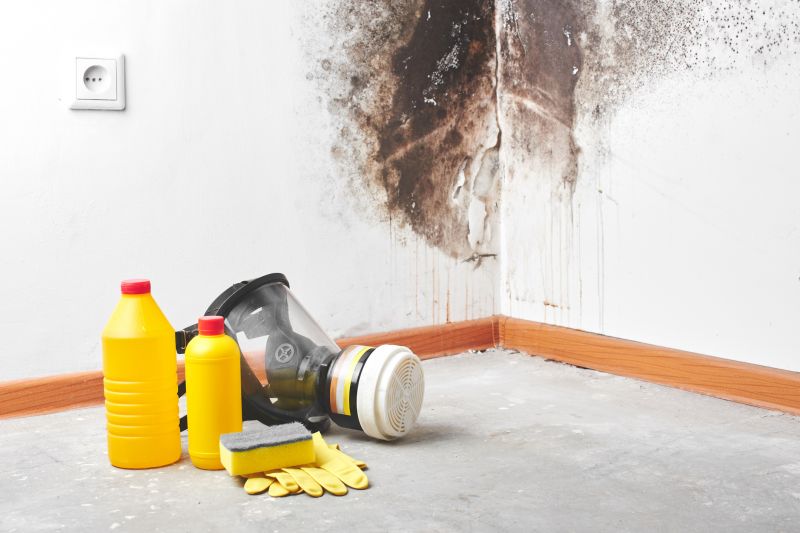
Advanced tools for mold removal and air purification.

High-end options that actually feel worth it for Mold Remediations.
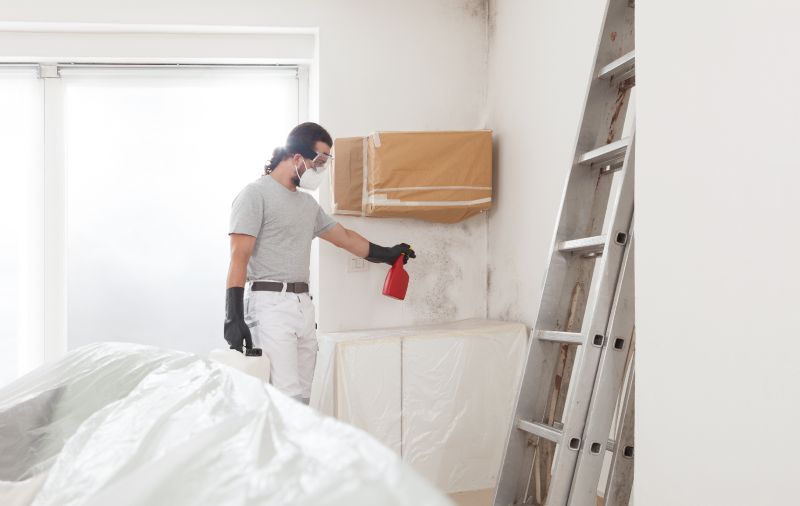
Finishes and colors that play nicely with Mold Remediations.
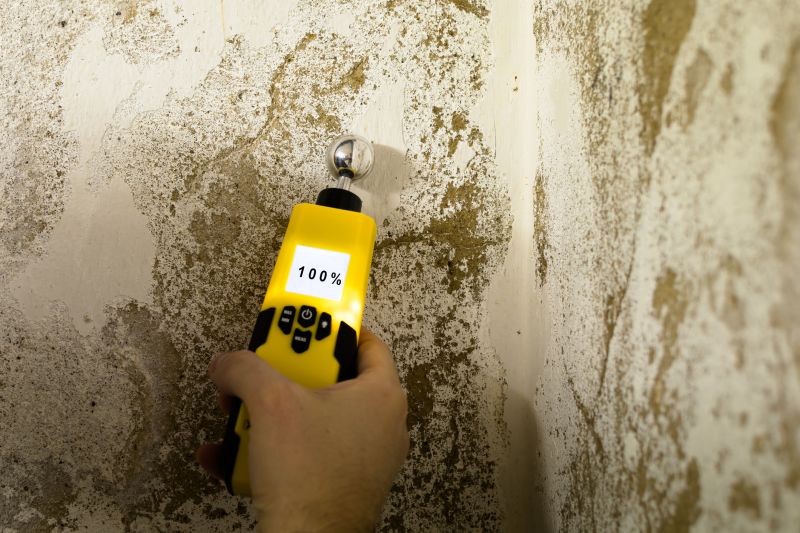
Little measurements that prevent headaches on Mold Remediations day.
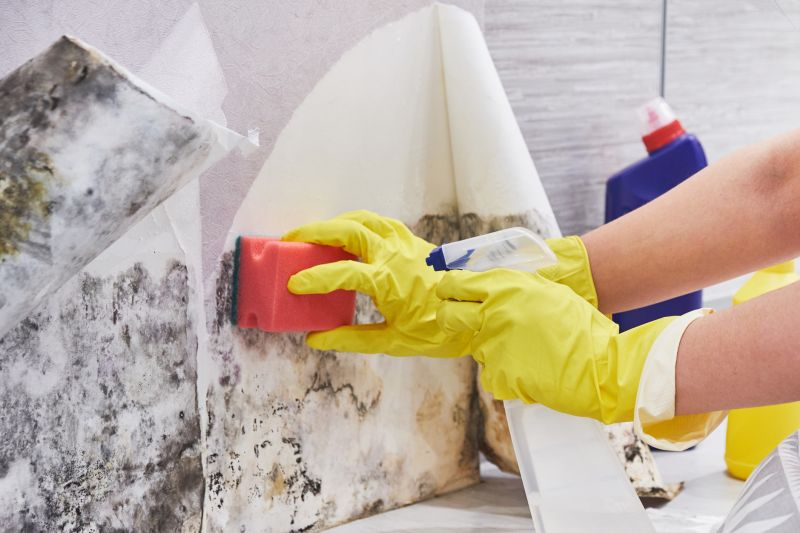
A 60-second routine that keeps Mold Remediations looking new.
| Timing Factor | Impact on Mold Remediation |
|---|---|
| Post-Flooding | Urgent remediation needed to prevent mold spread. |
| Dry Seasons | Easier to complete without weather-related delays. |
| Building Occupancy | Schedule during low occupancy for minimal disruption. |
| High Humidity Periods | Address humidity control to reduce mold growth. |
| Regular Maintenance | Early detection and treatment prevent extensive remediation. |
Understanding the optimal timing for mold remediations enhances effectiveness and minimizes disruption. Monitoring environmental conditions and scheduling inspections during low-risk periods can significantly improve outcomes. Prompt action after moisture incidents is essential to maintain indoor air quality and prevent health issues.

Regular inspections help identify issues early.
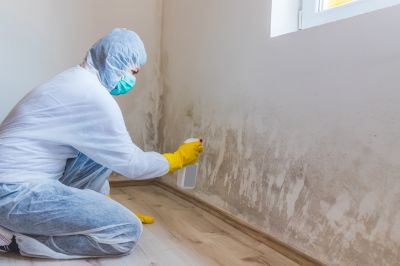
Timely removal reduces long-term costs.
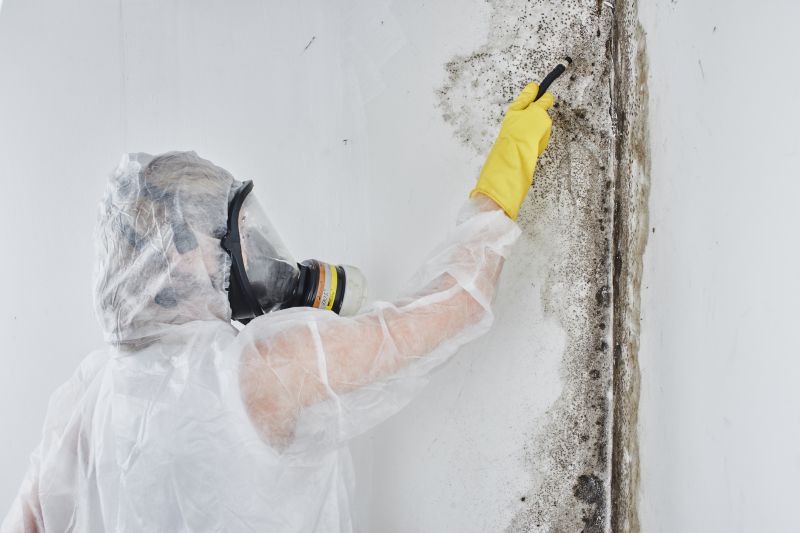
Proper remediation supports better air quality.
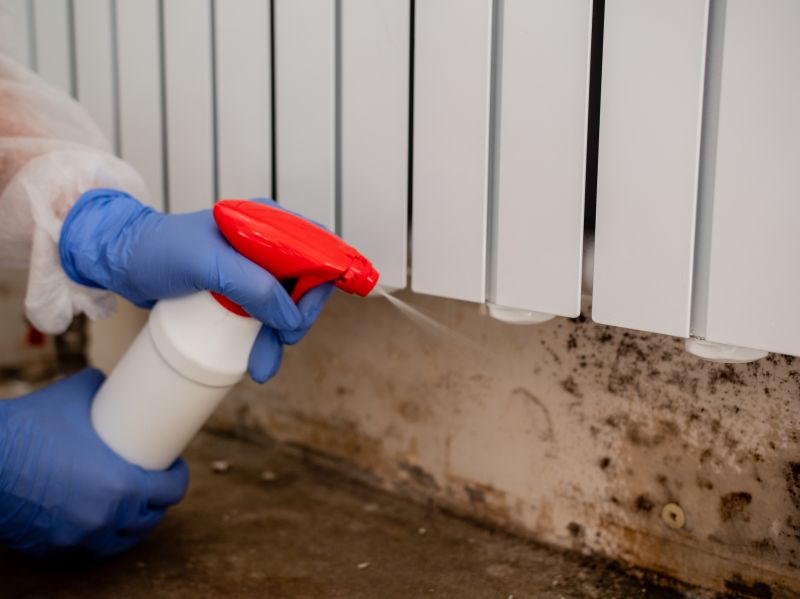
A frequent mistake in Mold Remediations and how to dodge it.

Small tweaks to make Mold Remediations safer and easier to use.
Interested in scheduling mold remediations? Filling out the contact form provides a convenient way to initiate the process and ensure a healthier indoor environment.
